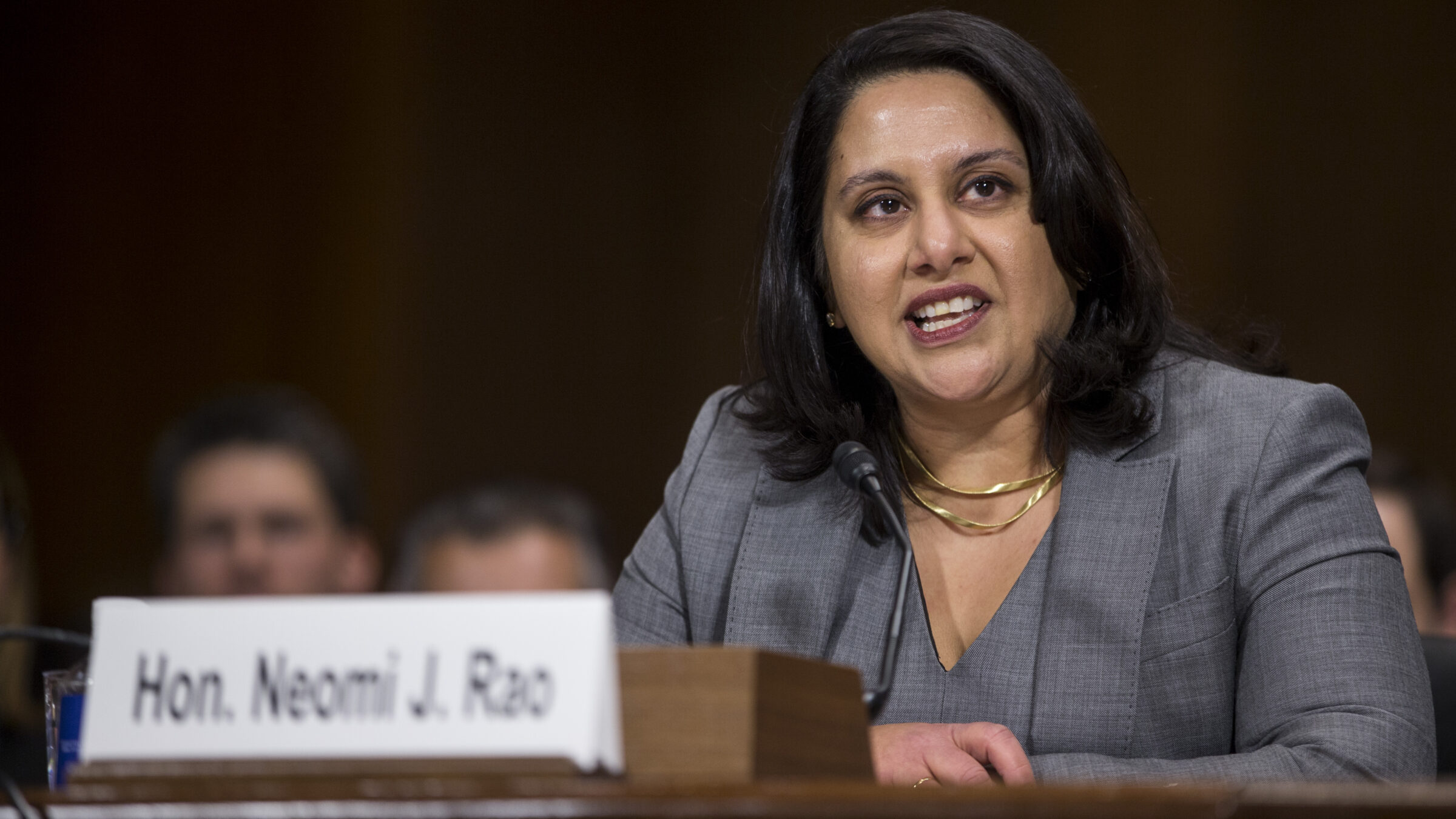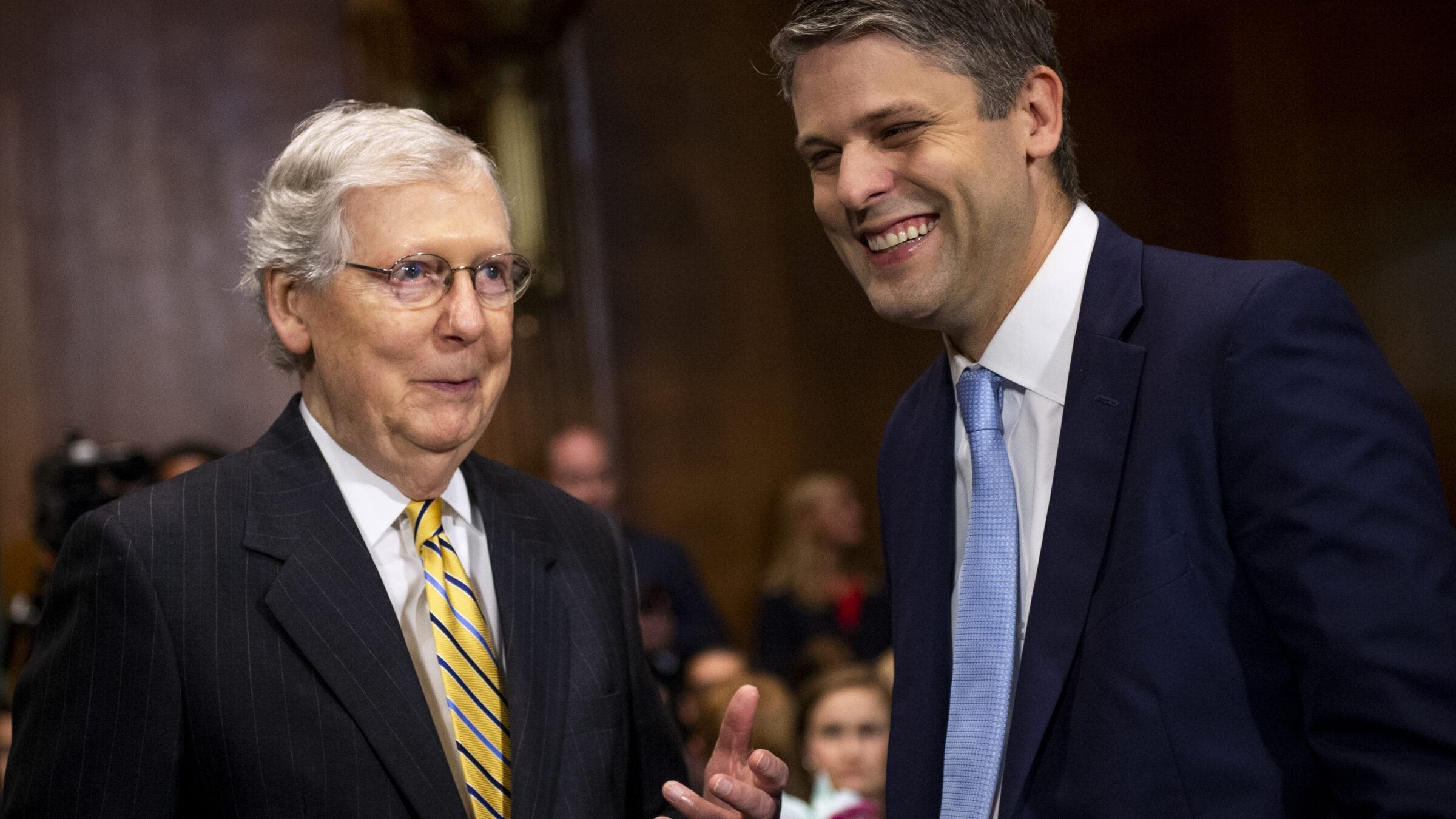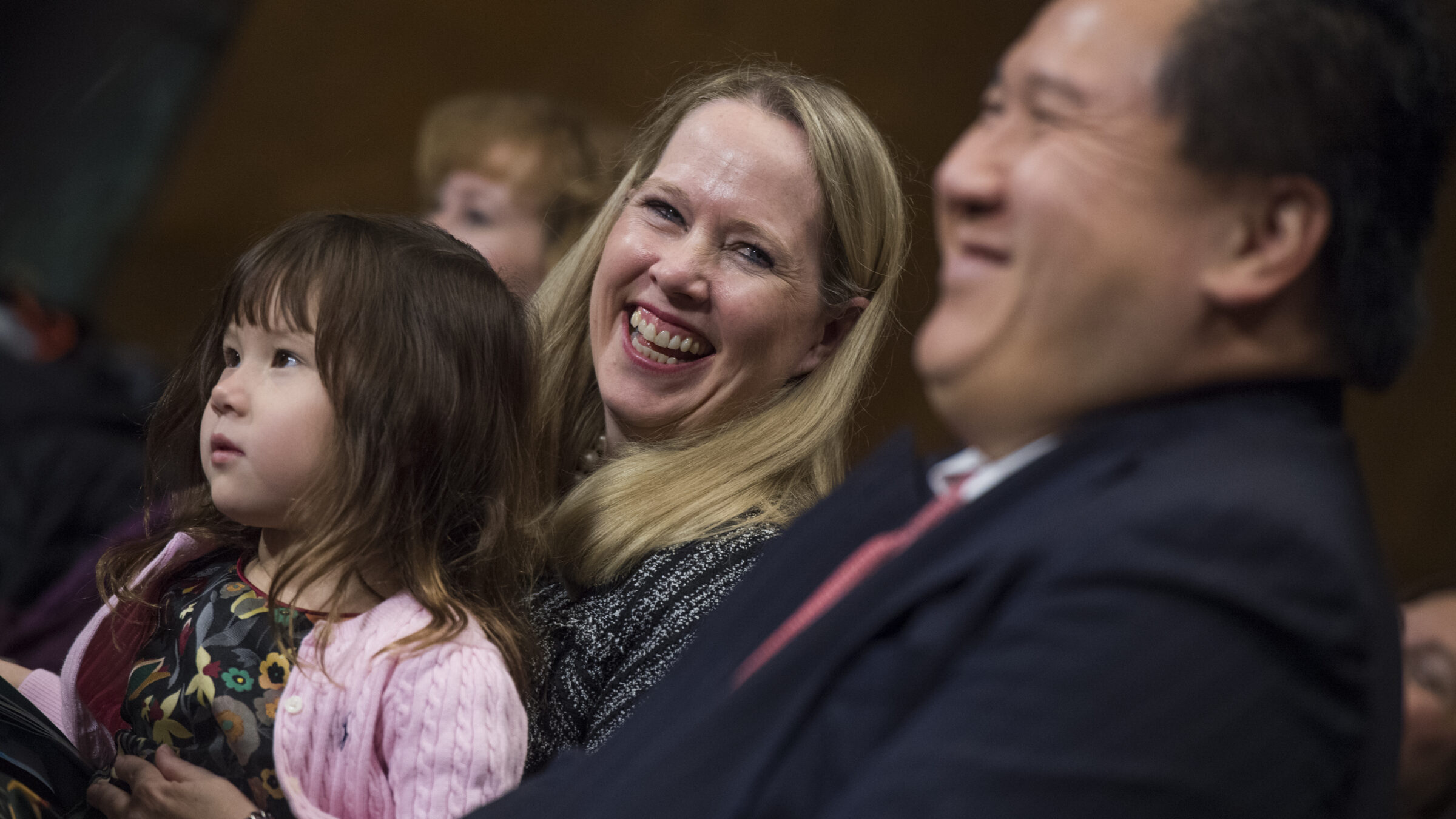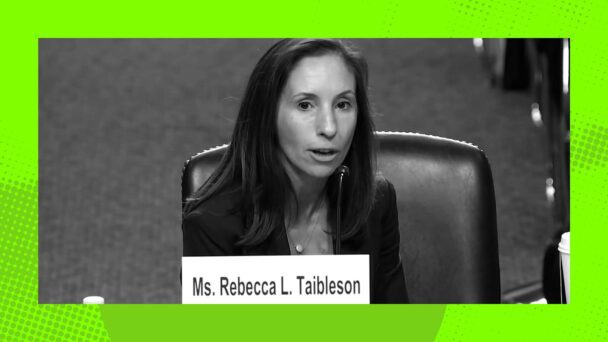If there’s a silver lining to the first few lawless weeks of Trump 2.0, it’s that new judicial vacancies have been slow to come in. As I noted in the last installment of this column, President Donald Trump faces an uphill battle to replicate his first-term numbers—partly because fewer judges will be eligible to retire this time around, and also because judges appointed by Democrats seem to sense the very real danger of letting a convicted fraudster and adjudged sex pest (or his ketamine-fueled Rasputnik) pick their successor.
The most important vacancies Trump will eventually fill are seats on the 12 regional courts of appeals, which set precedent for district courts within their geographic jurisdiction, and are the courts of last resort for nearly all of the tens of thousands of appeals they hear each year (save for the 60 or so taken up by the Supreme Court).
So far, no federal appellate judge has decided to retire since Trump’s re-election. But it won’t stay that way forever. With some of his nominations, Trump will hope to erase Democratic majorities, and with others, he’ll look to cement far-right majorities for decades to come. Over the next two weeks, I’ll take a closer look at each regional circuit and walk you through its current composition, its judges eligible for retirement, and Trump’s potential to remake it over the next four years.

(Photo by Zach Gibson/Getty Images)
D.C. Circuit Court of Appeals
In legal circles, the D.C. Circuit is considered second only to the Supreme Court in both power and prestige, as its location in the capital gives it the power to review federal executive and agency actions affecting policy nationwide. The court has also served as a training ground for future Supreme Court justices: Nine justices overall, and four current justices—John Roberts, Clarence Thomas, Brett Kavanaugh, and Ketanji Brown Jackson—cut their teeth on the D.C. Circuit prior to their elevation.
In his first administration, Trump appointed three judges to the D.C. Circuit, two of whom have been mentioned as possible Supreme Court candidates in Trump’s second term: Justin Walker and Neomi Rao. This time around, the pickings will likely be much slimmer. Currently, all 11 seats are occupied. Democratic presidents picked seven, Republican presidents picked four. Only one judge—Karen Henderson, appointed in 1990 by President George H.W. Bush—is currently eligible to take senior status, a form of semi-retirement that allows presidents to appoint a new judge in their place. For whatever it’s worth, Henderson was eligible to retire during the entirety of the first Trump administration, but chose not to.
Three more judges—Patricia Millett, Nina Pillard, and Robert Wilkins—will become eligible to go senior before Trump’s term ends. But all were appointed by President Barack Obama, and as we’ve seen already, judges appointed by Democratic administrations are in no hurry to let Trump pick their replacements.
First Circuit
The First Circuit, which covers New Hampshire, Maine, Massachusetts, and Puerto Rico, is unique among the courts of appeals as the only one without a Trump appointee. But not for long, because as the holidays approached, Senate Democrats gifted the incoming administration the court’s only vacancy in exchange for the right to go home early. President Joe Biden’s highly qualified and uncontroversial nominee, Maine Supreme Court Justice Julia Lipez, didn’t get a vote.
But in all likelihood, that will be the only shot Trump gets. The First Circuit is the smallest circuit, with only six active judgeships. All five of its current active judges were appointed by Democratic presidents: four by Biden and one by Obama. None are eligible to go senior by the end of Trump’s term. That’s significant, as the court’s Democratic majority is already attracting lawsuits challenging Trump’s second term policies, such as his order restricting birthright citizenship and his efforts to cut funding to the National Institutes of Health.

Then-Senate Majority Leader Mitch McConnell and Justin Walker, 2019 (Photo by Caroline Brehman/CQ Roll Call)
Second Circuit
Headquartered in New York City, the financial capital of the world, the Second Circuit wields considerable influence in the field of securities and financial regulation, an area of the law that someone like Trump would love to undermine. But chances are he’ll have a hard time doing so this time around.
No federal appeals court has seen more turnover during the last two administrations than the Second Circuit. In his first term, Trump appointed five judges (all men), including two former clerks to Justice Samuel Alito. Because two of his appointees replaced judges appointed by Democrats, Trump flipped the ideological balance of the court in favor of Republicans. However, Biden’s six appointments (all women) left the court with a 7-6 Democratic edge.
With so many of the court’s active judges appointed in the last eight years, only one—Chief Judge Debra Ann Livingston, appointed by President George W. Bush—is currently eligible to go senior. But her term as chief runs through August 2027, and it’s rare for someone to give up that position before their term ends, so she’ll probably stick around. No other judge can go senior before 2029.
Third Circuit
Trump also flipped control of the Third Circuit in his first term, and as he begins his second term, he has the chance to reassert Republican control in short order. He inherits two vacancies, one in New Jersey and one in Delaware, from the previous administration. Biden tried to appoint Adeel Mangi to the New Jersey seat, but Republicans were so incensed at the prospect of seeing the first Muslim-American on the federal appellate bench that they blew every racist, xenophobic dog whistle within reach to block his confirmation, with the help of a few Senate Democrats along the way. This is more than can be said for the Delaware seat, to which Biden never made a nomination in the first place.
In the meantime, the 14-member court remains evenly divided: six judges appointed by Republicans (including four by Trump), and six by Democrats. No other judges are currently senior status-eligible, but three more—including George W. Bush appointee Michael Chagares—will be eligible by the end of 2028. (Chagares, like Livingston on the Second Circuit, is the current chief judge, and his term runs through December 2028.) But because of the existing vacancies, Trump should be able to secure an enduring Republican majority on this court well before any of them think about calling it quits.

Ho at his 2017 confirmation hearing (Photo By Tom Williams/CQ Roll Call)
Fourth Circuit
The Fourth Circuit was once considered the country’s most conservative appeals court, but not anymore: Nine of its 15 active judges (and 12 of 18 overall) were picked by Democratic presidents. As a result, the Fourth Circuit was seen as a friendly venue for lawsuits against the first Trump administration, during which it allowed a lawsuit accusing Trump of violating the Constitution’s Emoluments Clause to continue and held Trump’s Muslim ban unconstitutional.
There is likely little Trump can do to change the status quo. There are no current or announced future vacancies on the court, and although nearly half the court’s roster is eligible for senior status—and two more will become eligible by the end of Trump’s term—only three were appointed by Republicans: Judges J. Harvie Wilkinson, Paul Niemeyer, and G. Steven Agee. Two of the three—Wilkinson and Niemeyer—were eligible for senior status during the entirety of the first Trump administration, but didn’t elect to take it. From what I’ve heard, both may be “lifers” who plan to continue in active service until death or incapacity. And even if they did retire, their replacements may not shift the court much to the right given the staunch conservative reputations both judges carry.
Fifth Circuit
The Fifth Circuit is the most conservative appeals court in the country. You cannot find an abortion restriction it won’t uphold or a Democratic policy it won’t enjoin, and even the current Supreme Court isn’t ready to go where the Fifth Circuit would take them: Last term, the justices reversed the Fifth Circuit eight times, more than any other court. But that hasn’t stopped the New Orleans-based court’s archconservative judges from waging an all-out culture war against woke, and enshrining every crackpot right-wing legal argument in the Federal Reporter along the way.
A supermajority of the Fifth Circuit’s judges—12 of 17 active judges, and 18 of 25 judges overall—were appointed by Republican presidents. Six of the court’s active judges were appointed by Trump, and have since shamelessly jockeyed for his attention in the hopes of promotion to the Supreme Court.
Incredibly, this could get worse, because Trump has the chance to cement the Republican supermajority for another generation while pushing some seats even further to the right. Half of the court’s Republican appointees are or will be eligible to go senior over the next four years. Two fiercely conservative Reagan appointees—Edith Jones and Jerry Smith—have been in active service for nearly 40 years, and control of their seats could be extended for another 40 if Trump can replace them. Trump can also shift the court further right if he can replace relative moderates like Priscilla Richman, Leslie Southwick, and Catharina Haynes. Although not official, Southwick may have already tipped his hand: His law clerk hiring profile announced that he is moving his chambers from Mississippi to Texas later this year, which is the kind of move a judge usually makes when they’re retiring.
We’ll end for now on that happy note, but we’ll be back soon to cover the Sixth through Eleventh Circuits soon.




